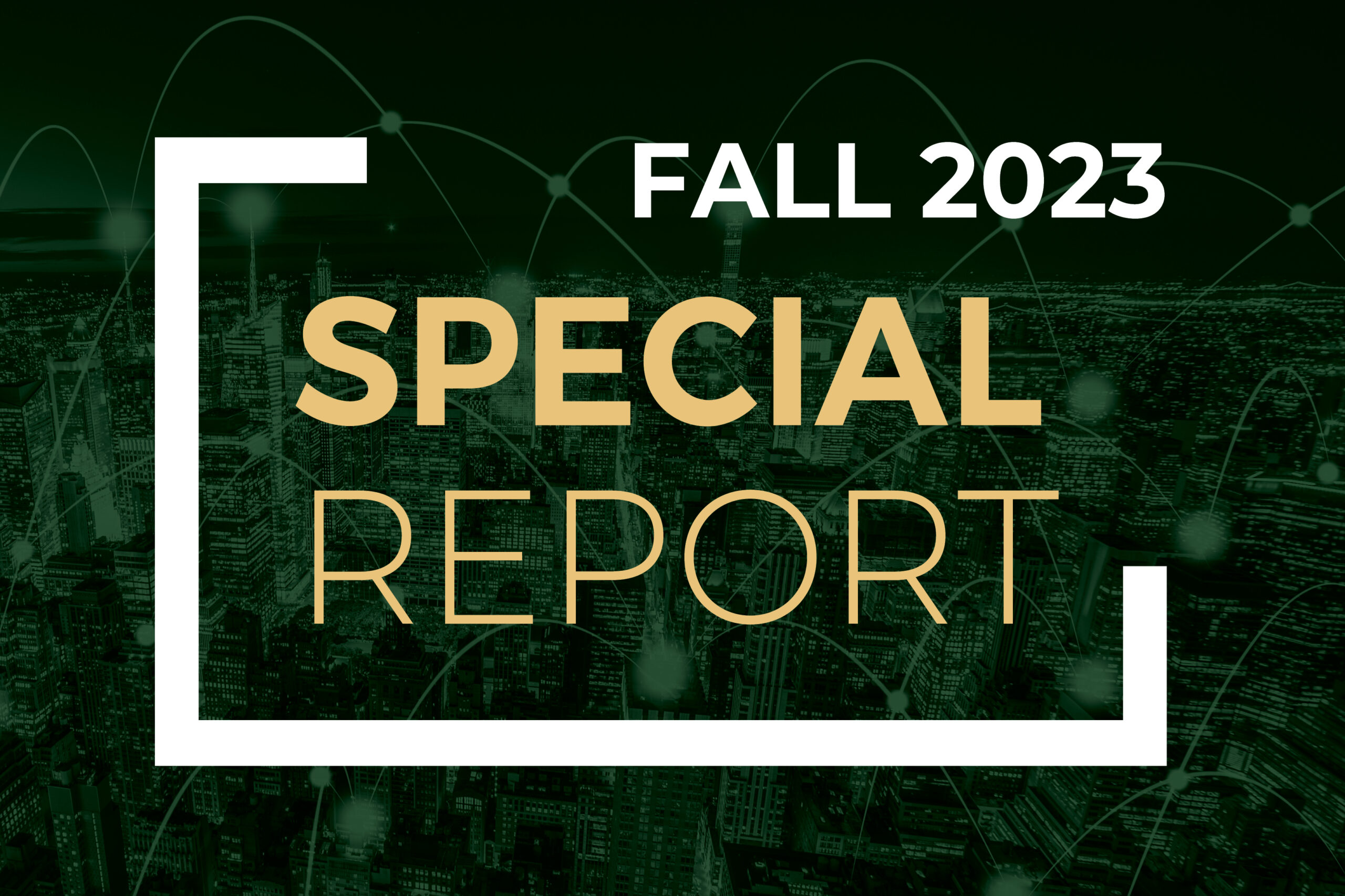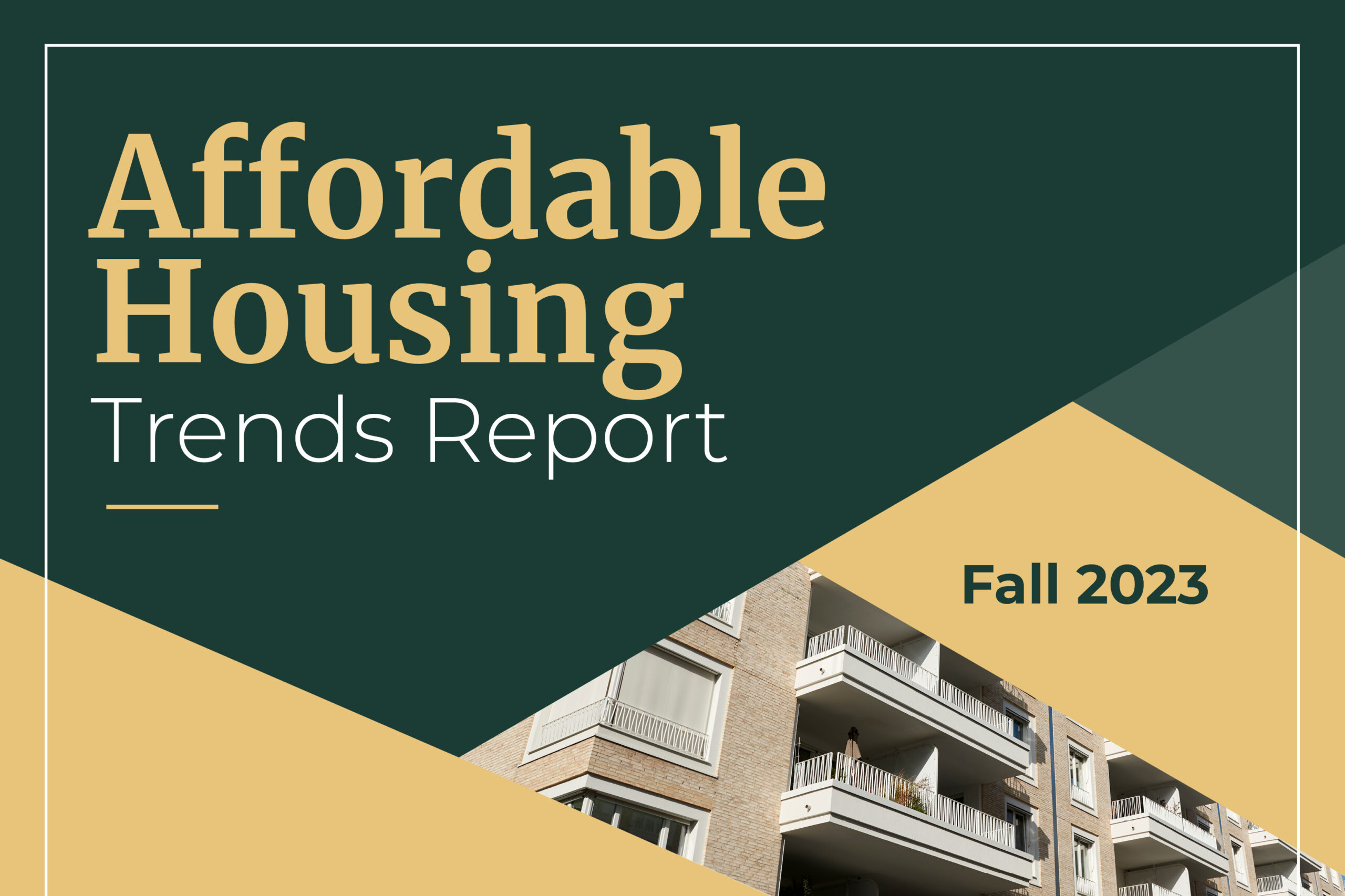While the overall pace of new multifamily permitting per capita in the U.S. slowed recently, it has picked up momentum in pockets of the country, especially the Midwest. In the first two quarters of 2024, Madison, WI, Columbus, OH, and Omaha, NE, were among the major metropolitan markets posting solid permitting gains, another sign of multifamily’s strength in all cycles.
Video: Special Report Fall 2023 Key Takeaways

In this video, Dr. Sam Chandan, Founding Director of the C.H. Chen Institute for Global Real Estate Finance at the NYU Stern School of Business and non-executive chairman of Chandan Economics, details the key takeaways of Arbor’s Special Report Fall 2023, which he co-authored with Ivan Kaufman, Chairman and CEO of Arbor Realty Trust.

Affordable Housing Trends Report Fall 2023

With the cost of living climbing, the need for affordable housing has become more urgent. Although demand continues to outpace available supply, multifamily investment in affordable housing is fortified by Low-Income Housing Tax Credits (LIHTC), Project-Based Section 8, and the Housing Choice Voucher (HCV) programs. Arbor’s Affordable Housing Trends Report Fall 2023, developed in partnership with Chandan Economics, examines the supply-driven programs and policies designed to improve supply at a point in time when federal gridlock has stalled many funding increases.

Top U.S. Multifamily Rent Growth Markets — Q3 2023

Multifamily rent growth in the U.S. continued to be distributed throughout a variety of markets, which contrasted with the previous two years when Sun Belt markets dominated the list.

Small Multifamily Investment Trends Report Q4 2023

Arbor’s Small Multifamily Investment Trends Report Q4 2023, developed in partnership with Chandan Economics, is a snapshot of a strong and resilient subsector continuing to navigate ongoing market dislocation. The report shows that distress has remained limited, even with valuations and measures of risk pricing in flux. As conditions start to stabilize, there are signs that deal activity is picking up.

U.S. Multifamily Market Snapshot — Q3 2023

The U.S. multifamily market held steady during the third quarter of 2023, as high mortgage rates and a lack of inventory in the housing market continued to drive rental demand.

What’s Next for the Federal Reserve?

Over the past year and a half, the Federal Reserve has embarked on one of its most aggressive monetary tightening cycles in history. With the federal funds rate sitting above 5.25% and two more Federal Open Market Committee (FOMC) policy meetings scheduled through the end of 2023, questions remain about how short- and medium-term monetary policy adjustments could influence multifamily investing. While a rapid reversal is unlikely, the next phase could ease some interest rate pressure.


